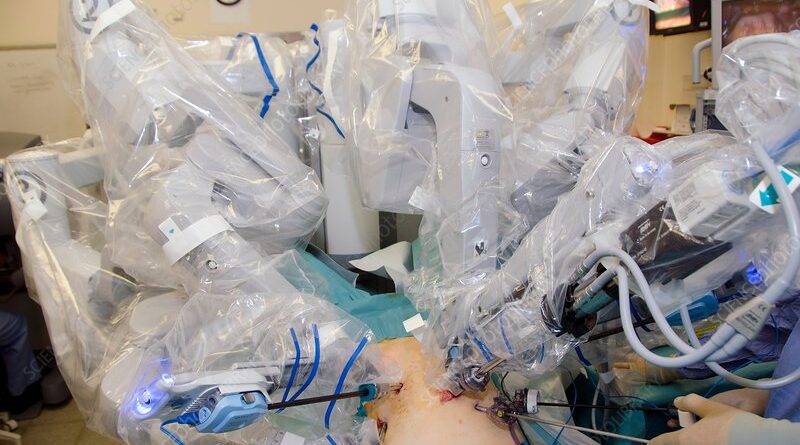Learn everything about Prostate Cancer surgery
Does your doctor suggest prostate removal surgery? And you are wondering about what the surgery is, the procedure, and the risks involved? Then you are at the right place because, in the below article, we have explained everything involving Prostate Cancer Surgery that will help you get clear about the surgery.
First of all, you need to know that it is a common cure to treat prostate cancer nowadays, as, during the surgery, the surgeon removes the entire prostate gland and some tissue around it.
When is surgery needed?
Prostate removal surgery is needed when the medicines are not working to prevent the cancer cells from spreading outside the prostate gland. And the surgery is immediate action to stop the spreading to other organs or tissue outside the prostate gland.
According to reports, many people die every year due to prostate cancer, and prostate removal surgery has proven an effective treatment to cure prostate cancer.
What is the procedure involved with prostate removal surgery?
The prostate removal surgery or radical prostatectomy procedures depends on the condition of the disease and the age & health of the patient. The traditional way to remove the prostate gland involves open surgery or a laparoscopic approach.
Open or laparoscopic radical prostatectomy is performed in two following ways.
Radical retropubic prostatectomy
The surgery involves an incision in the lower abdomen to remove the prostate gland. The surgeon cuts the skin from the belly button to the pubic bone. The surgeon may remove lymph nodes as the decision of continuing the surgery depends on cancer cells detection in lymph nodes. If the cancer cells are detected in lymph nodes, the surgeon will not continue the surgery as the chance of curing the diseases with surgery diminishes.
After the prostate gland removal, it will take you 1 to 2 weeks to recover, and any activities will be restricted.
Radical perineal prostatectomy
In this surgical method, the incision is between the anus and scrotum. The surgery takes less time, and the recovery is also faster. However, this method is not used often because the lymph nodes removal is not removed, thus higher chances of erection problems.
Laparoscopic Radical Prostatectomy
In this method, the surgeon inserts a particular long instrument through an incision on the abdomen to remove the prostate glands. The process is less painful and has less recovery time, thus preferred by many.
Precautions
After the surgery, you need to be careful while handling the catheter inserted for urination. Be careful with its position and immaculate. make sure you follow the doctor’s instructions diligently to reduce the chances of any post-surgery complications.
Potential risks & side effects involved with Prostate cancer surgery
Cirugía de cáncer de próstata en Argentina, like any other surgical treatment, have some common and severe side effects that we have discussed below:
Common Side effects:
Blood loss, infection in the area, pain, and damage to the nearby area.
Severe possible outcomes which are risky
Erection problems
Some men can face problems getting or keeping an erection which sometimes leads to impotence. The chances of impotence are rare as in most cases, patients can recover from their pain in some time. The recovery depends on patients’ health, so make sure you follow a healthy lifestyle.
Leakage of urine
It is another possible side effect of prostate removal surgery. The leakage of urine when you sneezed or coughed, sudden urge to urinate, and urination with weak force are common symptoms of urinary incontinence (leakage of urine).
The severity of risks and possible outcomes depend upon the type of surgery and the patient’s health. Nowadays, with modern and improved equipment, the common side effects of surgery can reduce. So, for a successful surgery, you need a certified surgeon who uses the latest tools and equipment.
So, this is all about prostate removal surgery, and we hope the above information will help you.
